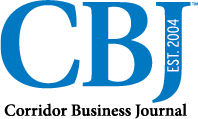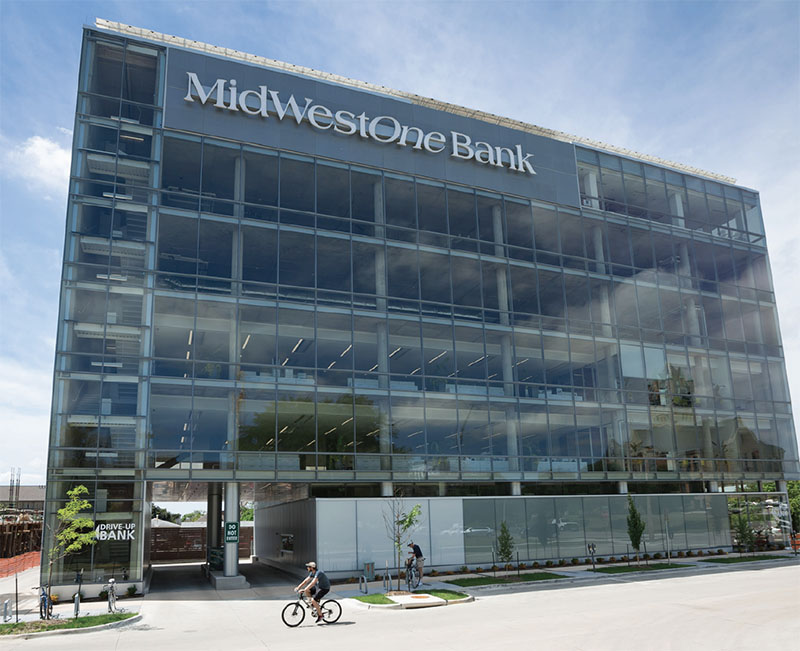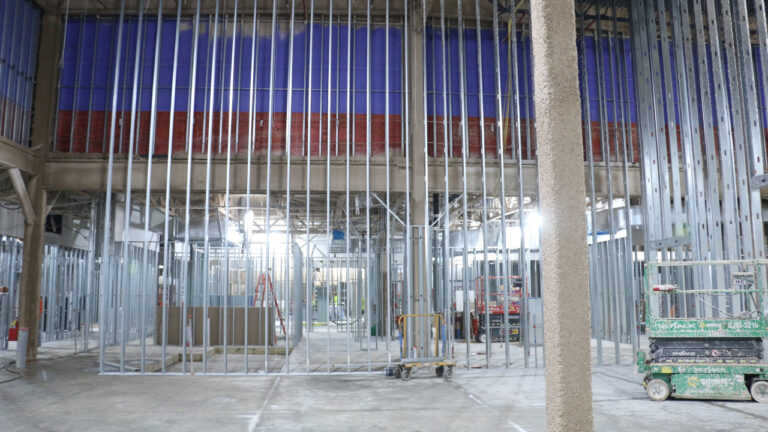By Gale Mote / Guest Column
Generating innovative ideas and solutions to the challenges and opportunities we encounter in our work requires healthy, productive conflict. It’s good that we do not all see things the same way and that we can challenge one another’s points of view. If we all thought exactly the same way, I guess we would only need one of us to make all the decisions.
Productive conflict begins with trust — the belief that we can be open and transparent with one another. Team members must demonstrate openness to build trust. Openness means saying what you really think and feel, and not holding back. It also means being open to what others think and feel without judgment. We believe the best and expect the best from one another.
Our personality styles also affect how we engage in conflict. Using the DiSC Model:
• Dominance styles are straightforward with their opinions and acknowledge the tough issues.
• Communicating with empathy, verbalizing emotions and providing reassurance are productive tendencies of the Influence style.
• The Steadiness style shows flexibility, listens to others and communicates tactfully, looking out for other people’s feelings.
• Being objective, focusing on the facts and finding the root cause of an issue is characteristic of Conscientiousness styles.
These styles, however, can also exhibit negative tendencies like impatience, drama, withdrawal and defensiveness. So how do we bring the best of ourselves to conflict situations to ensure productive, constructive outcomes?
First, recognize and accept that conflict is emotional and that our limbic brain wants to fight (anger) or flee (anxiety). Emotions can sometimes cloud our perspective and hinder our ability to respond in a positive, non-destructive way.
Second, know that a conflict event can trigger automatic thoughts, which often result in a destructive response. For example, someone confronts you about a missed deadline. You are frustrated and think to yourself, “I shouldn’t be blamed for this. This isn’t my fault.” As a result, you become defensive and argumentative. The heart of defensiveness is insecurity. We don’t want to admit failure or shortcomings. We cover up any vulnerabilities or weaknesses.
The key is to step back from our emotions and reframe our thoughts so we can respond in a more productive way. When you change the way you look at things, the things you look at change. Here are some questions that can help in the process:
• Is this thought actually valid or true?
• Am I overreacting or exaggerating the problem?
• Is there another way I could look at the situation?
Using the example above, some important questions to ask would be, “What am I afraid of? How might I have contributed to the problem? What is their intent in asking me about the deadline?” These questions can help you look at the conflict in a different light.
“I shouldn’t be blamed for this” becomes “I will own my contributions to the missed deadline and apologize. I know the team cares about me and our success. I will communicate openly and honestly, acknowledge that I have let the team down and work to find a resolution.”
Here are some ways to respond to conflict productively: step back to reflect, take ownership of your part in the situation, show flexibility, communicate respectfully, listen, seek active resolution and revisit unresolved issues.
Drama, sarcasm, gossip, defensiveness, blame and withdrawal are all destructive responses to conflict. Bring the best of yourself to each conflict situation and choose to be part of the solution, not part of the problem.
Gale Mote is a trainer, organizational development catalyst and coach in Cedar Rapids. Contact her at [email protected].







